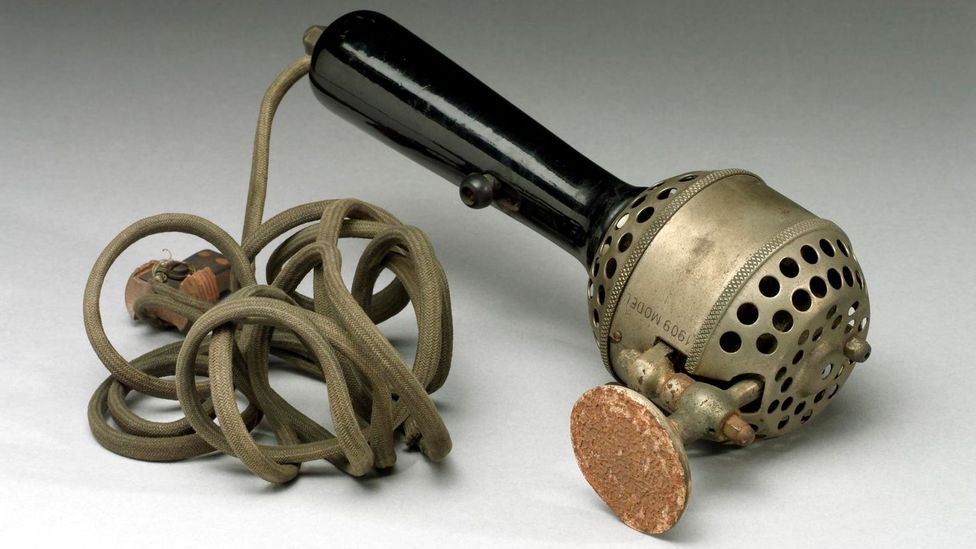The vibrator was invented in 1869 to cure female disorders

The Vibrator: A Revolutionary and Misunderstood Invention

In 1869, a groundbreaking invention known as the vibrator was created with the intention of treating “female disorders”. Although initially conceived as a medical device, the developments surrounding the vibrator have taken many turns throughout history. This article will explore the fascinating journey of the vibrator, its cultural impact, and the misconceptions that have surrounded it for decades.
The vibrator was invented by George Taylor, an American physician who was looking for a way to alleviate hysteria in women. During the Victorian era, hysteria was widely believed to be a common female ailment. Symptoms such as anxiety, irritability, and restlessness were often attributed to this mysterious condition. The vibrator was seen as a revolutionary solution to this widespread problem and was intended to provide a non-invasive method of treatment.
However, the use of vibrators as medical devices quickly expanded beyond the treatment of hysteria. Doctors found them useful in relieving other female conditions such as menstrual cramps and pelvic pain. The popularity of vibrators grew, and they became increasingly common in physicians’ offices across the world.
By the turn of the century, advancements in electricity allowed for the production of electric vibrators. This new iteration offered enhanced power and efficiency, making them even more effective in treating various conditions. Simultaneously, vibrators started appearing in consumer catalogs, gradually becoming available for purchase by the general public.
Despite their increasing presence in society, vibrators remained a taboo subject for many years. People generally preferred to keep their use discreet and often associated them solely with medical purposes. However, the cultural perception of vibrators started to change drastically during the sexual revolution of the 1960s and 1970s.
Attitudes towards sexuality and female pleasure evolved, and the vibrator began to be seen as a tool for sexual exploration and enjoyment rather than solely for medical treatment. As a result, the design and marketing of vibrators shifted to cater to this new audience. Vibrators became more aesthetically pleasing, discreet, and user-friendly, contributing to their mainstream acceptance and popularity.
In recent years, the global market for vibrators and other sexual wellness products has skyrocketed, reflecting a broader acceptance and understanding of sexual pleasure. Vibrators are now available in a vast array of shapes, sizes, and functionalities, catering to various preferences and needs.
In conclusion, the vibrator was indeed invented in 1869 as a medical device intended to treat “female disorders”. Over time, its purpose expanded beyond medical treatment, embracing sexual pleasure and liberation. The vibrator has come a long way from its modest beginnings, transforming into a symbol of empowerment and sexual wellness for women. Its journey continues to shape the conversation around female sexuality and dismantle societal taboos, emphasizing the importance of embracing sexual pleasure as a natural aspect of human existence.
Source: Coats Counseling
Tags
Share
Related Posts
Quick Links
Legal Stuff

